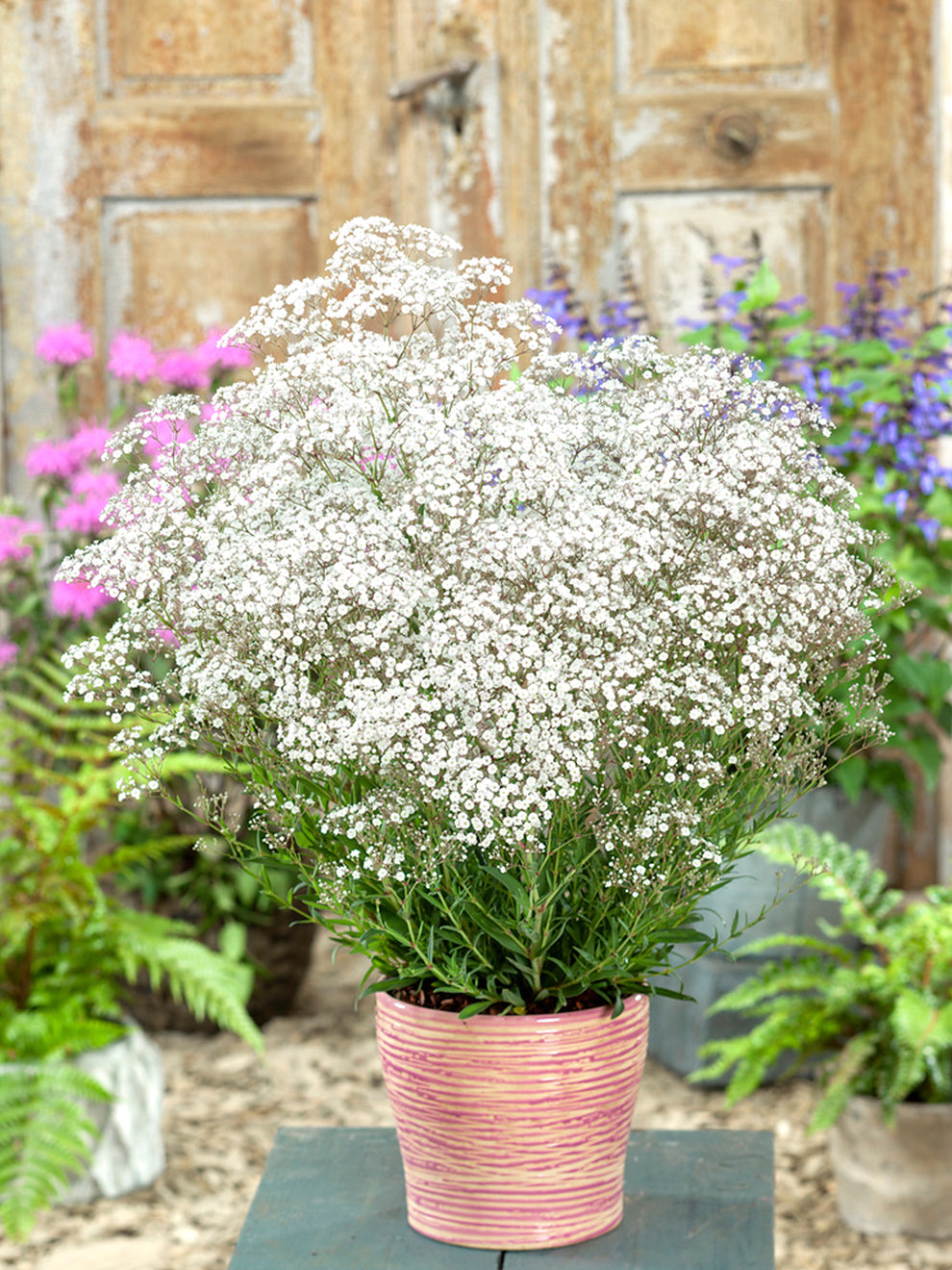Gypsophila: The Delicate Beauty of Baby’s Breath
A Timeless Floral Favorite
Gypsophila, commonly known as Baby’s Breath, is a genus of flowering plants renowned for their delicate, airy blooms. These plants have captivated hearts worldwide with their ethereal beauty and versatility in floral arrangements. Let’s delve deeper into the world of Gypsophila, exploring its characteristics, cultivation, and cultural significance.
Botanical Characteristics

Genus: Gypsophila
Gypsophila plants are characterized by their slender, branching stems adorned with tiny, star-shaped flowers. These flowers can be white, pink, or occasionally red, creating a cloud-like effect. The leaves are typically small and lance-shaped.
Popular Species
Gypsophila paniculata: This species is the most commonly cultivated type of Baby’s Breath. It is a perennial plant that grows in clumps and produces abundant white or pink flowers.

Cultivation and Care
Soil: Gypsophila prefers well-drained, sandy or gravelly soil.
Gypsophila in Floral Arrangements
Baby’s Breath is a beloved filler flower in floral arrangements. Its delicate, airy blooms add texture, volume, and a touch of romance to bouquets. It complements a wide range of flowers, from roses and lilies to wildflowers.

Cultural Significance
Symbolism: Baby’s Breath symbolizes purity, innocence, and eternal love. It is often used in wedding bouquets and other celebratory arrangements.
Conclusion
Gypsophila, with its ethereal beauty and versatility, has earned its place as a timeless floral favorite. Whether used in bouquets or gardens, these delicate plants add a touch of elegance and charm to any setting.

Gypsophila Plant

